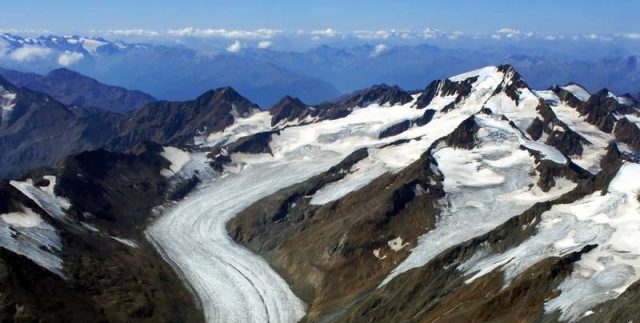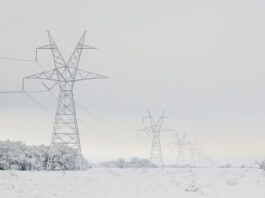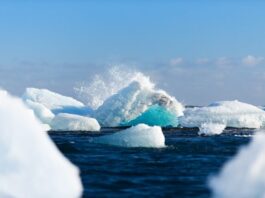Researchers from the Universities of Bremen and Innsbruck have shown in a recent study that the further melting of glaciers cannot be prevented in the current century—even if all emissions were curtailed. However, due to the slow reaction of glaciers to climate change, human activity will have a massive impact beyond the 21st century. In the long run, 500 meters by car with a mid-range vehicle will cost one kilogram of glacier ice. The study has now been published in Nature Climate Change.
In the Paris Agreement, 195 member states of the United Nations Framework Convention on Climate Change agreed to limit the rise in global average temperature to significantly below 2°C, if possible to 1.5°C above pre-industrial levels. This should significantly reduce the risks of climate change. What would the success of this plan mean for the evolution of glaciers? This is the conclusion of climate researchers Ben Marzeion and Nicolas Champollion from the Institute of Geography at the University of Bremen and Georg Kaser and Fabien Maussion from the Institute of Atmospheric and Cryospheric Sciences at the University of Innsbruck. They have investigated this question by calculating the effects of compliance with these climate goals on the progressive melting of glaciers. “Melting glaciers have a huge influence on the development of sea level rise. In our calculations, we took into account all glaciers worldwide—without the Antarctic and Greenland ice sheets and peripheral glaciers—and modeled them in various climate scenarios,” explains Georg Kaser.
One kilogram of CO2 emitted costs 15 kilograms of glacier ice. Whether the average temperature rises by 2 or only 1.5°C makes no significant difference for the development of glacier mass loss over the next 100 years. “Around 36 percent of the ice still stored in glaciers today would melt even without further emissions of greenhouse gases. That means more than a third of the glacier ice that still exists today in mountain glaciers can no longer be saved, even with the most ambitious measures,” says Ben Marzeion.
However, looking beyond the current century, it does make a difference whether the 2 or 1.5°C goal is achieved. “Glaciers react slowly to climatic changes. If, for example, we wanted to preserve the current volume of glacial ice, we would have to reach a temperature level from pre-industrial times, which is obviously not possible. In the past, greenhouse gas emissions have already triggered changes that can no longer be stopped. This also means that our current behaviour has an impact on the long-term evolution of the glaciers—we should be aware of this,” adds glaciologist Kaser. In order to make these effects tangible, the scientists have calculated that every kilogram of CO2 that we emit today will cause 15 kilograms of glacier melt in the long term. Calculated on the basis of an average car newly registered in Germany in 2016, this means that one kilogram of glacier ice is lost every five hundred meters by car,” says Ben Marzeion.
Provided by:
University of Innsbruck
More information:
Ben Marzeion, Georg Kaser, Fabien Maussion, Nicolas Champollion. Limited Influence of climate change mitigation on short-term glacier mass loss. Nature Climate Change (2018). DOI: 10.1038/s41558-018-0093-1
Image:
The photo shows a picture of the Hintereisferner and the Weisskugel in Tyrol, which was taken during a photo flight of the Institute for Atmospheric and Cryospheric Sciences of the University of Innsbruck at the end of August 2015. The two upper side glaciers (shown on the right) were still connected to the Hintereisferner just a few years ago. The snow deposits are no longer sufficient to keep the glacier in balance.
Credit: Institute of Atmospheric and Cryospheric Sciences, University of Innsbruck







